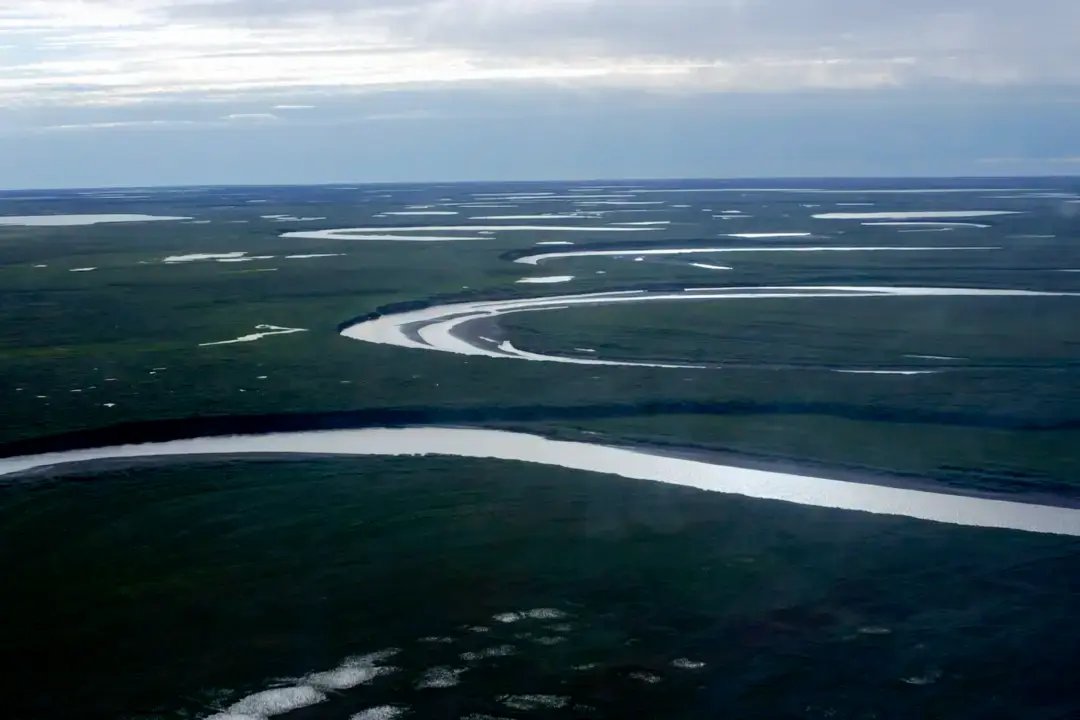Officials with the Organization of Petroleum Exporting Countries (OPEC), Russia, and other oil-producing nations decided Nov. 4 not to raise oil production substantially, in a rebuff to President Joe Biden’s request last week.
The decision not to increase foreign production may ease some concerns at U.S. ports, like Los Angeles and Long Beach, that are already dealing with record numbers of container cargo ships. Any additional oil tankers flooding the ports could further the supply chain crisis, according to the U.S. Oil and Gas Association.





